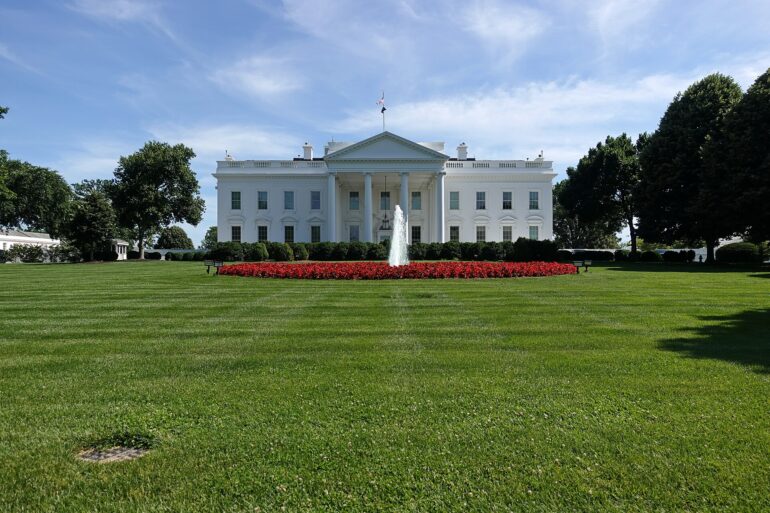President Donald Trump has now reportedly dismissed all six Biden-appointed members of the Commission of Fine Arts, a move the White House says will ensure that federal design decisions in the nation’s capital better reflect his “America First Policies.”
The commission, which has long played a role in shaping the appearance of federal buildings and monuments in Washington, D.C., will soon be filled with what officials describe as a “new slate” of members more closely aligned with the president’s vision.
“President Trump exercised his constitutional authority by issuing a pardon for Mr. Zhao, who was prosecuted by the Biden Administration in their war on cryptocurrency,” White House Press Secretary Karoline Leavitt said in a statement.
A White House official confirmed the firings to NBC News, stating that the administration is “preparing to appoint a new slate of members to the commission that are more aligned with President Trump’s America First Policies.”
According to the Washington Post, the commissioners were told by email on Tuesday that they were “terminated, effective immediately,” a swift and decisive step that signals how central these aesthetic battles have become to a presidency focused on reshaping the federal city.
The commission’s removal comes at a pivotal moment, just days after demolition began on the East Wing of the White House. That work is part of a sweeping plan to construct a $300 million grand ballroom on the grounds — one of several projects the president has touted as symbols of American prestige and confidence.
The proposed “triumphal arch” along the Potomac River stands as another marquee piece of the initiative, evoking monumental architecture intended to celebrate national spirit and historic achievement.
The National Trust for Historic Preservation had appealed for a pause, urging the administration to halt construction until the proposals could be reviewed by both the Commission of Fine Arts (CFA) and the National Capital Planning Commission (NCPC). Federal law requires that major development projects in Washington receive approval from both oversight bodies. The White House responded that the ballroom and arch proposals would move to the NCPC “soon, when it is time.”
The president has already taken steps to ensure a more favorable reception from the NCPC, appointing three new members in July. Among them is aide William Scharf, who now serves as chair, further solidifying Trump’s ability to steer the visual and structural evolution of Washington’s most symbolic grounds.
The Commission of Fine Arts, established in 1910 with a mission to safeguard “the dignity of the nation’s capital,” has seen presidents challenge its authority before.
In 1947, President Harry Truman dismissed its members to advance construction of the South Portico balcony — a change initially viewed with skepticism but later widely accepted. Trump’s approach echoes that moment of executive intervention, albeit on a significantly more dramatic scale.
With the commission’s leadership now cleared away, the administration appears prepared to accelerate an expansive redesign that complements the president’s political message: a bold reassertion of national pride rooted in monumental civic expression, unconstrained by the aesthetic sensibilities of past administrations.
[READ MORE: Trump Administration Moves to Reinforce Deportation Agenda with ICE Shake-Up]



